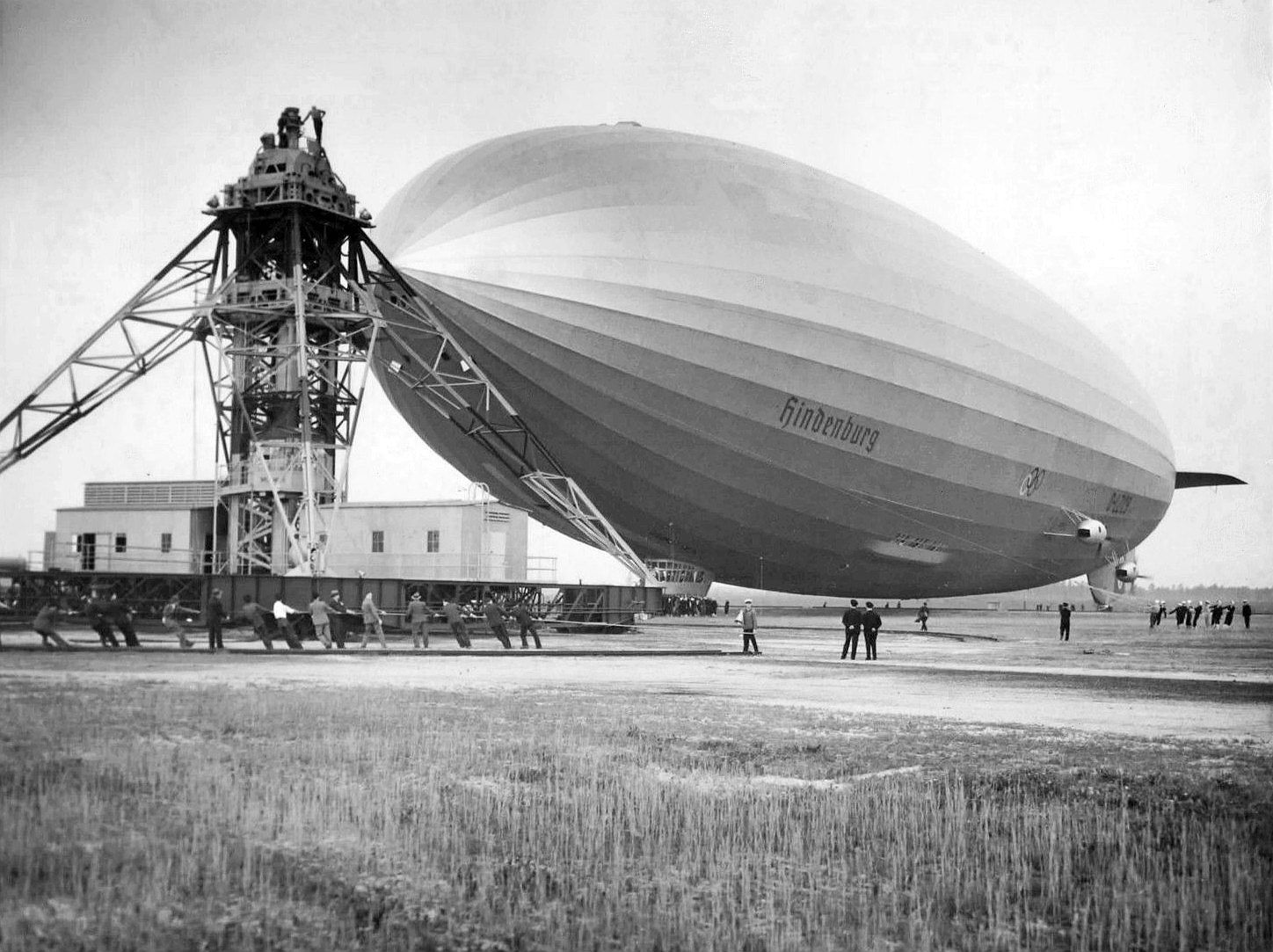Long before the sleek uniforms and mostly female flight attendants of the airlines in the 50s and 60s, the role was actually invented in the airship industry and was primarily a male job.
The first ‘airlines’
The first passenger airships operated sightseeing trips between Berlin and Friedrichshafen in Germany by DELAG (Deutsche Luftschiffahrts-Aktiengesellschaft). It was an extravagance that only the wealthy could afford. These sightseeing trips could last between 4 and 9 hours.
Twenty passengers could be carried in the cabin, along with mail and cargo. Airships suffered from turbulence, and there was lots of noise from the engines. It was not so comfortable for passengers, and the co-pilot would serve passengers food and drinks. These early ‘airlines‘ looked for a way to make the experience more comfortable.
Heinrich Kubis
Heinrich Kubis was the first flight attendant in the world. He was born in 1888 in Germany and worked his way up as a waiter. He trained in some of Europe’s best hotels, including the Carlton Hotel in London and the Ritz Hotel in Paris. He had a strong knowledge of languages and protocols gained from his experience. He was hired by DELAG to work in the restaurant on the airship, the LZ-10 ‘Schwaben,’ in March 1912.
Destruction
He survived the destruction of the airship in June 1912 at Düsseldorf. It was being placed in the hangar when a gust of wind broke it away from its mooring. The hydrogen was ignited by a spark, and the airship burnt down. There were between 30 and 40 people injured in the accident, though Heinrich was uninjured.
Transatlantic flying
Heinrich became chief steward on the new Zepplin LZ-129 airship, named the ‘Hindenburg.’ It was the largest airship ever. DELAG was the first transatlantic passenger ‘airline’ and began operating flights from Germany to the Americas in the 1930s. The airship could carry 97 people in total, including passengers and crew. This was considered the fastest and most comfortable way to travel. It was a lavish affair.
On duty
On the 3rd May 1937, the Hindenburg left Frankfurt, Germany, for Lakehurst, New Jersey, US. Heinrich had been ill prior to the trip but had recovered enough to make it. His job was to manage the 15 male crew onboard, who were waiters, cooks, and cabin stewards. One of his tasks was to check with boarding passengers if they had matches or lighters with them, as they had to be confiscated.
The Hindenburg disaster
The trip was scheduled to take three days. Heinrich was also responsible for the meal preparation and service. There was poor weather, so the landing was delayed. The airship caught on fire, there was an explosion, and the aircraft was consumed in less than a minute. At the time of the explosion, Heinrich was working in the dining room. As the aircraft approached the ground, he encouraged passengers and crew to jump out of the windows. He helped some passengers to jump to safety.
Unfortunately, some passengers were trapped in the cabin. There were 13 passenger and 22 crew fatalities. Of the survivors, there were 23 passengers and 39 crew. There was one fatality on the ground. Heinrich escaped the disaster without injury, passing away much later in 1979.
*Photo above of some Hindenburg crew survivors. Heinrich is pictured in the back row, fourth from the right.






